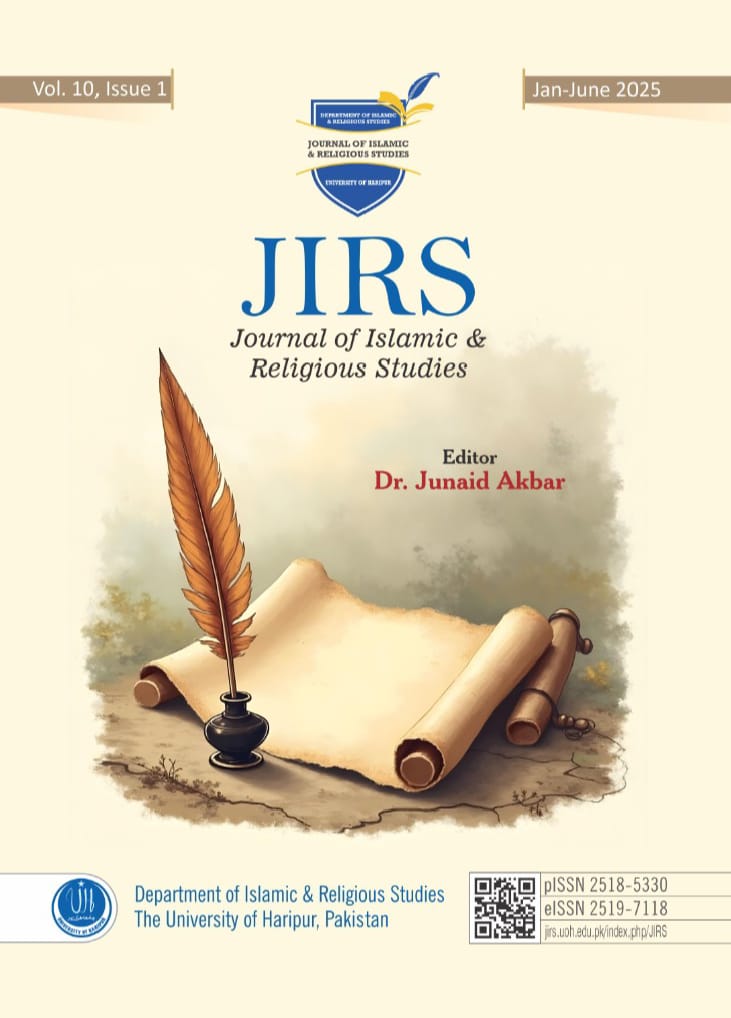Motivations and Methods of Detection of Fabricated Aḥādīth on the Virtues of Qur’anic Surahs: A Critical and Analytical Study
DOI:
https://doi.org/10.36476/JIRS.10:1.06.2025.08Keywords:
الوَضْع, الحديث, الفَضَائل, القرآن, دراسة تحليلية نقديةAbstract
The fabrication of ḥadīth—deliberately attributing false statements to the Prophet Muḥammad (S.A.W)—is among the earliest and most serious threats to Islam. It was aimed at distorting the religion’s teachings, weakening its legal and theological bases, and harming its integrity. Among the many areas affected by fabricated aḥādīth were the virtues of the Qur’an, its surahs, and verses. These inventions sought to manipulate religious understanding and disrupt divine authority. In response, ḥadīth scholars developed strict methods to verify authenticity and filter out false reports. This study focuses specifically on fabricated aḥādīth related to the virtues of Qur’anic surahs. It begins by defining ḥadīth fabrication and discussing its leading causes. A key part of the research is a critical analysis of a widely circulated fabricated ḥadīth falsely attributed to the Companion Ubayy bin Kaʿb (R.A), with scholarly evidence confirming its inauthenticity. The study also explores why such fabrications are found in tafsīr (exegetical) and devotional works, citing historical practices and scholarly intentions. Using both analytical and critical approaches, the study is organized into three chapters, each addressing essential aspects of the issue, supported by sub-sections. Key conclusions include the unanimous condemnation of fabrication by Islamic scholars, the role of heretical groups (zanādiqah) in spreading false aḥādīth, and the scholarly explanations for their appearance in reputable works. The research ultimately highlights the harm caused by fabricated reports and emphasizes the need for rigorous methodological training to identify and address them effectively.
Downloads
Published
How to Cite
Issue
Section
License
Copyright (c) 2025 Abdul Majid Al-Ghouri

This work is licensed under a Creative Commons Attribution 4.0 International License.

